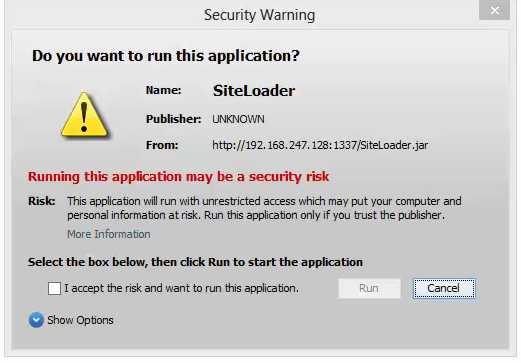Cyber Laws
Cyber Laws consisting of two words. 1. Cyber & 2. Laws.
The word "cyber" came to prominence with the term
"cybernetics", which was coined in 1948 by the American mathematician
Norbert Wiener (1894-1964).
Law is a system of rules that are created and enforced
through social or governmental institutions to regulate behavior.
Cyber law in India governs the legal issues related to
cyberspace, cyberattack & cybercrime. In other words, cyber law is an
effort to apply laws designed for the physical world, to the human activity on
the Internet. In India, The Information Technology Act, 2000 as amended by The
IT (Amendment) Act, 2008 is known as the Cyber Law.
Important cyber laws must know to everyone
Hacking -
Hacking is not explained in the Information Technology
Act, 2000. In general, hacking means unlawful attempts to bypass the security
mechanisms of a network or information system. Hacking is a punishable offence
under Information Technology (Amendment)Act, 2008, Section 43(a) read with the section
66 is applicable and Section 379 and 406 of Indian Penal Code, 1860 are also
applicable. Hacking offences are cognizable, compoundable, bailable with
permission of the court before which the prosecution of such offense is pending
and can be trailed by any magistrate.
Data theft -
Data theft is a rising problem, mainly perpetrated by office
workers with the access to technology such as desktops, computers and laptops,
proficient in storing digital information such as iPods, flash drives and even
digital cameras. Data theft is punishable under Information Technology
(Amendment) Act, 2008, Section 43(b) which is read with Section 66 is
applicable and under Section 379, 405 and 420 of Indian Penal Code,1860 is also
applicable. Data theft offences are cognizable, compoundable, bailable with
permission of the court before which the prosecution of such an offense is
pending and can be trailed by any magistrate.
Spreading virus -
In most of the situations, viruses can do any kind of
damage, the creator intends them to do. The Creator can send the data to the
third party and then delete the data from the computer. They can also ruin the
system and render it unfeasible without a re-installation of the operating
system. Spreading virus is a punishable offence under Information Technology
(Amendment) Act, 2008, Section 43(c) and 43(e) read with Section 66 is
applicable and under section 268 of Indian Penal Code, 1860 is also
applicable. Spreading of virus offences is cognizable, compoundable,
bailable with permission of the court before which the prosecution of such
offense is pending and can be trailed by any magistrate.
Identity theft -
Identity theft is a kind of fraud or cheating of
another individual’s identity in which someone pretends to be someone else by
assuming that individual’s identity, typically in order to access the resources
or obtain credit and other benefits in that individual’s name. Identity theft
is punishable under Information Technology (Amendment) Act, 2008, Section 66-C
and Section 419 of Indian Penal Code, 1860 is also applicable. Identity theft
offences are cognizable, compoundable, bailable with permission of the court
before which the prosecution of such offense is pending and can be trailed by
any magistrate.
E-mail spoofing -
E-mail spoofing is an e-mail activity in which the sender addresses and other portions of the e-mail header are changed to appear as though the e-mail initiated from a different source. E-mail spoofing is sending an e-mail to another individual in such a way that it appears that the e-mail was sent by another individual. Email spoof is punishable under Information Technology (Amendment) Act, 2008, Section 66-D and Section 417, 419 and 465 of Indian Penal Code, 1860 is also applicable. Email spoofing offences are cognizable, compoundable, bailable with permission of the court before which the prosecution of such offense is pending and can be trailed by any magistrate.




























.jpg)








